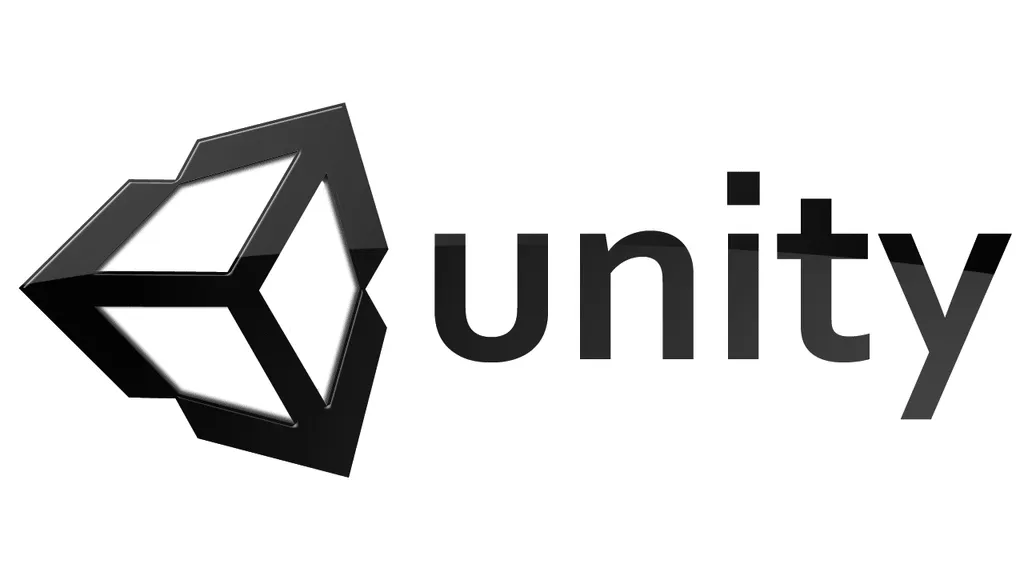The Unity game engine released a preview (beta) ‘XR Interaction Tookit’ which handles some core interactions for VR and AR.
Like most optional Unity features, the XR Interaction Tookit is downloaded and activated from the Package Manager.
Unlike with the VRTK toolkit, Unity is preferring laser pointer selection to direct manipulation. This works well with a wider variety of platforms, but can be less immersive for higher end systems.
Unity’s XR Interaction Tookit currently provides the following 4 features:
Object Selection & Manipulation (AR & VR)
This lets the user point a laser at objects, select them, and either directly or from a distance grab the object. With an object grabbed the user can rotate it or throw it. This behaviour is configurable.
UI Interaction (VR)
The same kind of laser pointer used for object selection can also be used for UI interactions. This means that the built in Unity UI system that developers are already used to can be used in VR.
Teleportation & Snap Turning (VR)
This allows developers to quickly add teleportation and snap turning to their apps. “Smooth” locomotion isn’t built in, but that’s much easier for a developer to add.
Object Placement (AR)
This feature, for Apple’s ARKit and Google’s ARCore, allows smartphone users to swipe to place virtual objects on real world planes.
No Need To Reinvent The Wheel
The goal of the XR Interaction Tookit seems to be to make it so that developers don’t need to “reinvent the wheel” for simple VR & AR interactions.
For new developers this means less time is required on the basics, and this time can then be used to craft the actual experience. Of course, developers on larger projects may use a more advanced framework such as VRTK– although VRTK has no UI features yet.
For end users, since Unity powers the majority of XR apps, this could result in more consistency and standardization for fundamental VR & AR interactions. If you know how to select, grab, and locomote in one VR app, that should transfer over to others — similar to how control schemes for console games eventually standardized over time.


























